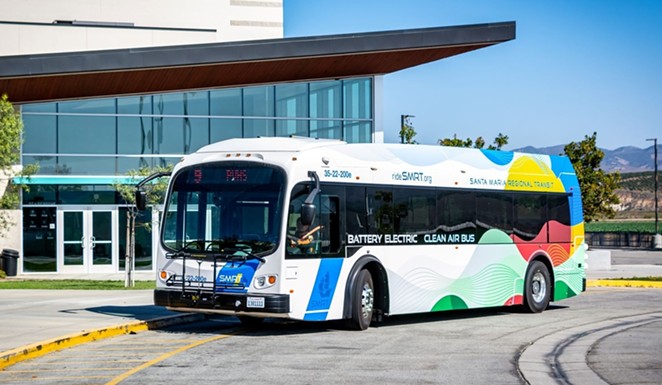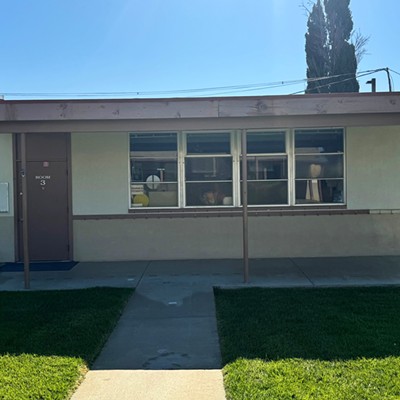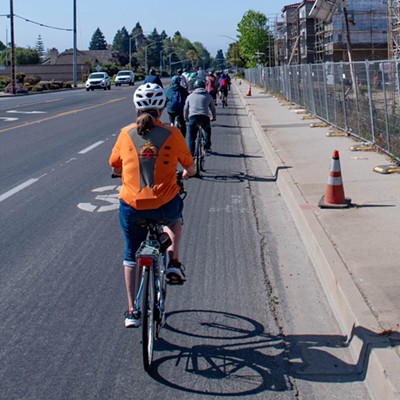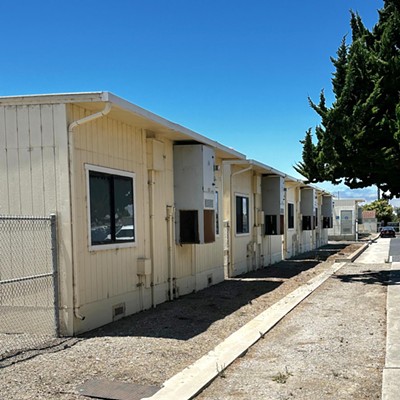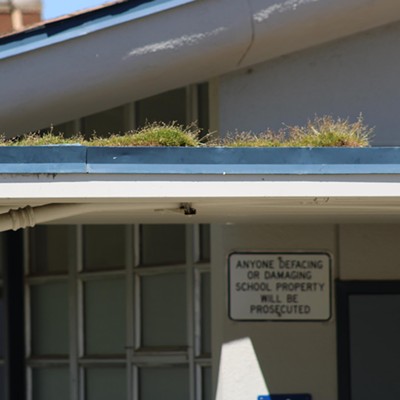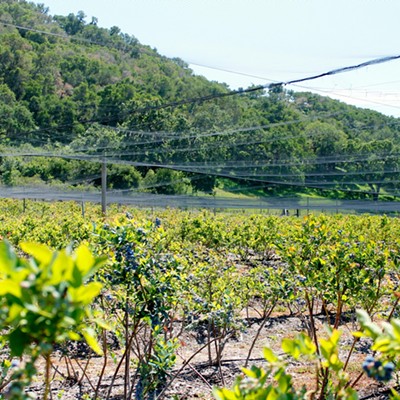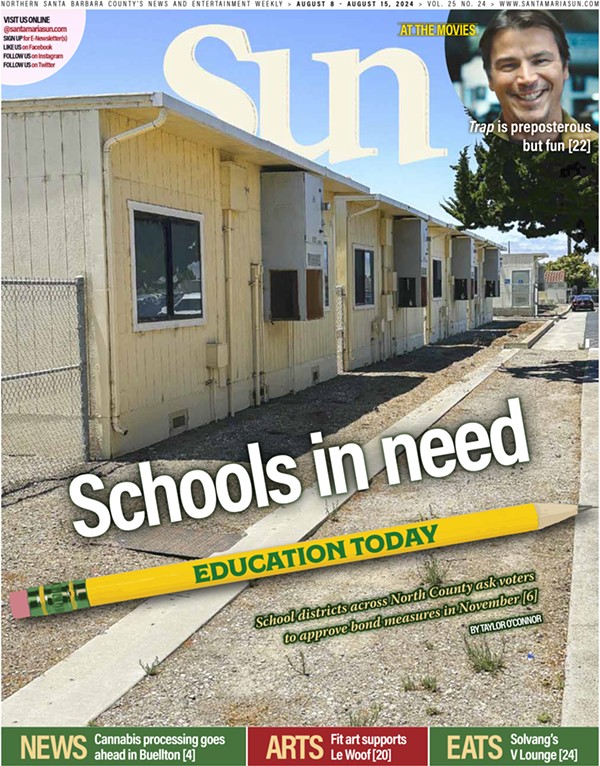Santa Maria purchased 16 new electric buses, and the City Council approved a new plan that analyzes its approach to achieving a 100 percent renewable energy fleet—putting it well ahead of the state’s 2040 deadline for local transportation agencies to transition to renewable energy, Transit Manager Gamaliel Anguiano said.
The California Air Resources Board is requiring all local jurisdictions to create an Innovative Clean Transit (ICT) plan that breaks down transit goals, identifies whether the city will use battery- or hydrogen-powered buses, and provides a schedule for the corresponding infrastructure construction like charging stations.
“The ICT Plan is a nonbinding general business plan that helps shape the approach to our transit system as we transition,” Anguiano said. “The value is certainly not only beneficial to our air quality but also a very strong business case for transitioning sooner rather than later.”
From an economic perspective, switching will save the city $300,000 annually in fuel and routine maintenance, Anguiano added. Electric vehicles also have 75 percent fewer moving parts than a typical engine combustion system, allowing the city to avoid current and future supply chain issues.
The Santa Maria Regional Transit (SMRT) plan that City Council approved as a consent calendar item during its May 16 meeting stated that it will use battery-powered buses. The city’s adjusted transportation model has shorter routes that are electric vehicle friendly and loop through the transit center—which will later become a charging station to allow buses to charge between stops, Anguiano said.
“The plan Santa Maria City Council adopted reflects a conservative approach to that transition, but I am happy to report [that] as a result of one-time windfalls in transit funding we are actually able to exceed the originally projected timeline for transitioning to electric buses,” Anguiano said.
During the plan’s early development, there were a lot of unknown financial implications for this transition, but the city later learned it was in a better financial position that allowed the Public Works Department to “expedite” its transition, he said.
“By the time we got the 2022-24 fiscal year budget, we came to the realization that Santa Maria had the ability to buy 16 additional buses through a Low or No Emission Vehicle federal grant, which provided $6.6 million in funding,” Anguiano said.
The buses are expected to be delivered in early 2024 and will be modernized vehicles that include a tap-to-pay system, 5G Wi-Fi, and USB charging capabilities in every seat.
The grant funding also covers additional required equipment like charging infrastructure. The city is scheduled to start construction this summer or fall on 17 new charging stations—with each station able to charge up to two buses.
“This is all a part of Santa Maria Regional Transit’s bigger process of updating our service and modernizing our service that comes with route changes and services improvements that we continue to put in place,” Anguiano said.
Coming out of the pandemic, SMRT modified its routes, adding stops at Pioneer Valley High School to meet the commute needs of high school students, and increased stops at commercial, medical, and employment centers, he added.
“The shortening of the routes makes them more concise: Buses come every 45 minutes, and that increase makes riding transit more attractive as you have to wait less,” Anguiano said.
Ridership has grown 30 percent from its lowest point in the pandemic. With additional route refinements coming in July, regional route improvements, and the addition of electric vehicles, Anguiano said that he expects SMRT will provide half a million rides at this same time next year.
“We’ve enacted decisive changes to our transit system that have better equipped it to handle the challenges while simultaneously better serving our community and that’s resulted in actual ridership increase,” he said. “While we’re not at pre-pandemic levels, the trend indicates that we are on our way.”


